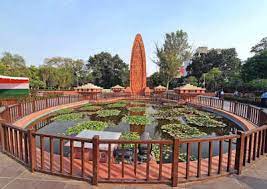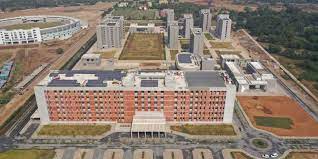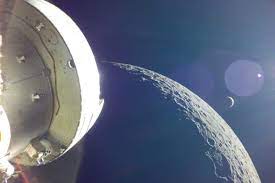
Jallianwala Bagh massacre 104th anniversary: The Jallianwala Bagh massacre occurred on April 13, 1919, in Amritsar, Punjab, and is remembered as a tragic incident and a symbol of the crimes performed against the Indian people during the British colonial era. The massacre played a significant role in India’s fight for independence, as it increased the nation’s determination to achieve self-rule and break free from British subjugation. Jallianwala Bagh Massacre Day 2023 commemorates the 104th anniversary of the horrific tragedy that is regarded as a watershed moment in Indian history. It was this that led to Gandhi’s full commitment to the cause of Indian nationalism and independence from Britain.
April 2023 Current Affairs Quiz
Why people’s are gathered in Jallianwala Bagh?
General Dyer, a British military officer, stormed the Jallianwala Bagh (Amritsar) with his forces on April 13, 1919, where people had congregated to peacefully protest the arrest of two nationalist leaders, Satya Pal and Dr Saifuddin Kitchlew. Without so much as a warning to the people to disperse, he ordered his troops to fire at the unarmed crowd. The onslaught lasted ten minutes till their ammunition was exhausted, after which the British soldiers left. A total of 1,650 rounds were fired, and more than 500 people were killed and murdered. The exact number of casualties remains unknown.
On the morning of Baisakhi, Colonel Reginald Dyer had announced the implementation of a curfew throughout Amritsar and a ban on all processions that even prohibited a group of 4 or more people to meet publicly. Dyer received sensitive intelligence about the Jallianwala Bagh meeting, which could lead to riots and protests, around 12:40 PM.
General Dyer’s Orders:
General Dyer had issued orders to his troops to shoot at the protesters without warning. He later defended his actions by saying that he wanted to teach the Indians a lesson and that he would have used even more force if he had more troops at his disposal. There were about 25,000 people present there at the time of the firing. Some tried to escape while some choose to jump in the solitude well built in the premises of Jallianwala Bagh. The troops were ordered to start shooting from the most densely crowded spot to harm the maximum number of people.
Who take revenge of Jallianwala Bagh massacre?
After the tragedy, Sardar Udham Singh avenged his people by killing the British officer serving as Governor General of Punjab, Michael O’Dwyer. He was Born on December 26, 1899, Udham Singh was a member of the Ghadar Party and the Hindustan Socialist Republican Association (HSRA). The assassination of Michael O’Dwyer, the ex-lieutenant governor of Punjab, brought him widespread notoriety. Singh carried out the murder in retaliation for the 1919 slaughter at Jallianwala Bagh in Amritsar. The recognised martyr (born Sher Singh) was born in the region of Pilbad, some 130 miles from British India’s Lahore, to Tehal Singh, a manual laborer, and Narain Kaur, a housewife. His older brother Sadhu was two years older than him, making him the youngest. They lost both parents at an early age, both to separate mishaps.
The Memorial:
In 1951, a memorial was built at Jallianwala Bagh to commemorate the victims of the massacre. The park, which covers an area of approximately 6.5 acres, contains a museum that displays artefacts related to the incident. Every year on April 13, people gather at the park to pay their homage to the victims. The Jallianwala Bagh Massacre remains a dark chapter in India’s history, and its impact can still be felt today. The incident served as a catalyst for India’s freedom struggle and inspired many Indians to fight for their independence.





